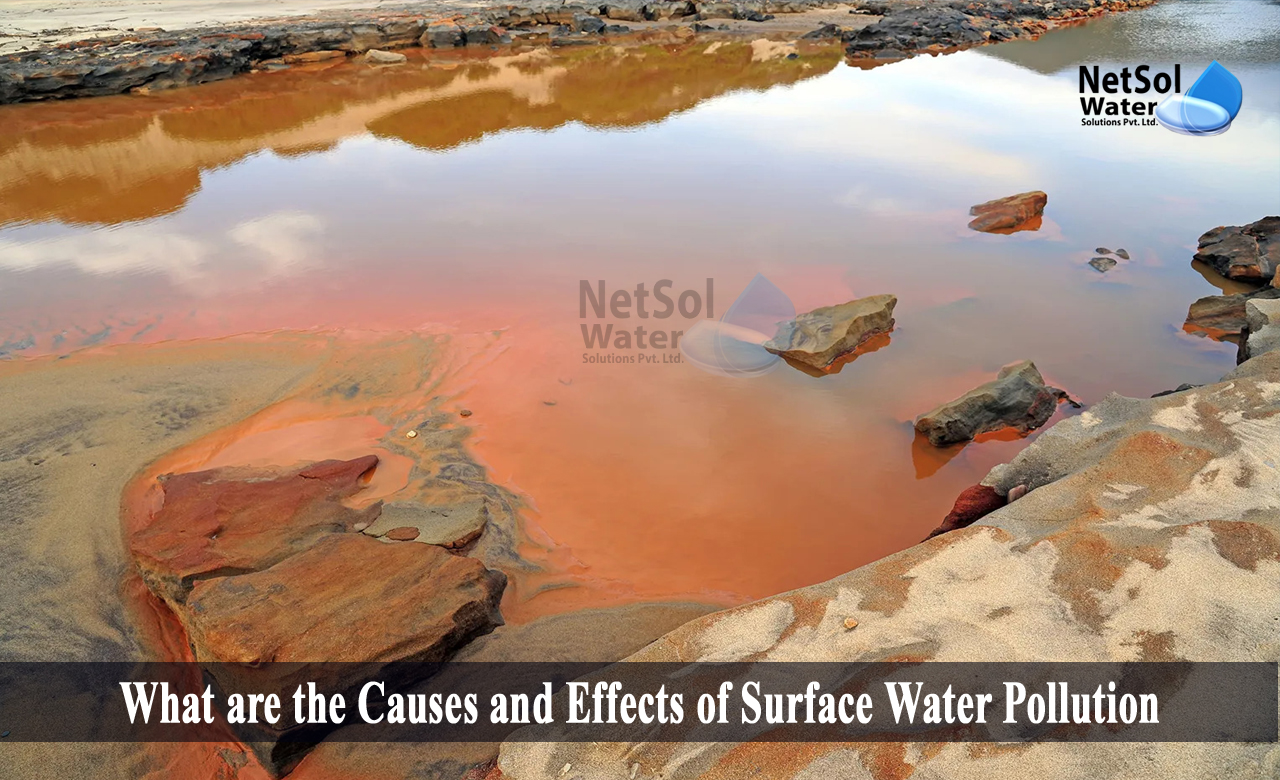For local authorities, contamination of surface water is a major issue. Large-scale pollution can result from it, and it can also cause serious illness in people. Maintaining a healthy water supply depends on knowing how to identify it, prevent it from happening, and successfully treat the issue.
Let’s go through some of the causes and effects of surface water pollution.
What is surface water pollution?
Municipalities, industry, and agriculture are increasingly exposed to pollutants from production, and the environment through the use of lakes and rivers.
Fertilizers can leak into rivers, and flooding causes surface water contamination, since it spreads across areas that aren't typically near water. Water must be treated before being utilized for human consumption, because of these impurities.
Municipal authorities need a programme of testing and treatment for any pollution, even though water may appear to be clear and clean, but really be contaminated.
What are the Causes and Effects of Surface Water Pollution?
1: Human waste is one of the most frequent causes of surface water pollution, particularly in developing nations.
2: There are problems with fertilizer seepage from agriculture into groundwater, in addition to human waste.
3: By-products from industrial operations are also known to spill into rivers and drainage systems, contaminating surface water.
4: Other significant sources of surface water pollution include poorly managed waste systems, and unfavourable weather events like flooding. Knowing the risks in the area and what to do about them is essential, for a municipal authority.
Surface water pollution with pathogens
Pathogens that cause various waterborne diseases are one of the main threats that humans face, from surface water contamination. These come from industrial sources that contain organic compounds and heavy metals, as well as from human waste.
Most often, contamination happens when food is cooked with tainted water or when someone drinks it. Because, of exposure to microorganisms, surface water contamination can also result in hazardous substances staying in fish.
Municipal water providers must use the experience of surface water treatment services, to identify the issue and address it before it becomes a serious health threat.
Colour and turbidity issues
When there is contamination, the water's colour and turbidity are impacted. Branches, soil, fish, detritus, and other organic materials can all contribute, to the formation of tannins.
The location and type of pollution will determine the type of tannin. It's crucial to regularly check the water supply because, some are difficult to perceive.
When there are sediments in the water, they cause turbidity because they tend to settle or cloud the liquid's appearance. This need not be detrimental. As surface water lacks the natural filtration found in groundwater, turbidity is more prevalent there. The supply will be of higher quality if the issue is resolved, with the help of a municipal water treatment specialist, like Netsol Water.
Conclusion
To maintain a clean water supply and lower the risk of pollution, a municipal body should make use of the knowledge of water treatment services. Regular checks and treatments will raise the quality of surface water, because it can be subjected to a variety of contaminants depending on where it is.
Choosing the best manufacturers of water treatment plants in India
Netsol Water is one of the top producers of water treatment systems in India. At Netsol, we are committed to providing high-performing water treatment plants, to assist municipalities and industries with their water requirements.
We have earned a reputation for providing top-notch service and solutions, which will help our clients lower operating expenses and increase the life of their equipment. Every purchase of these systems includes installation, manufacturer's warranty, and a 24-hour customer service, after the sale.



